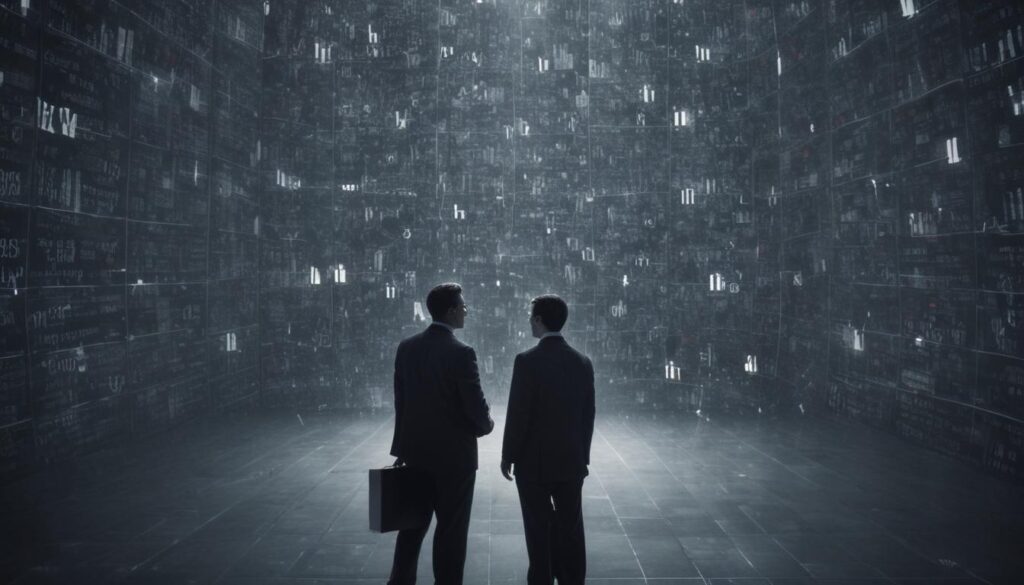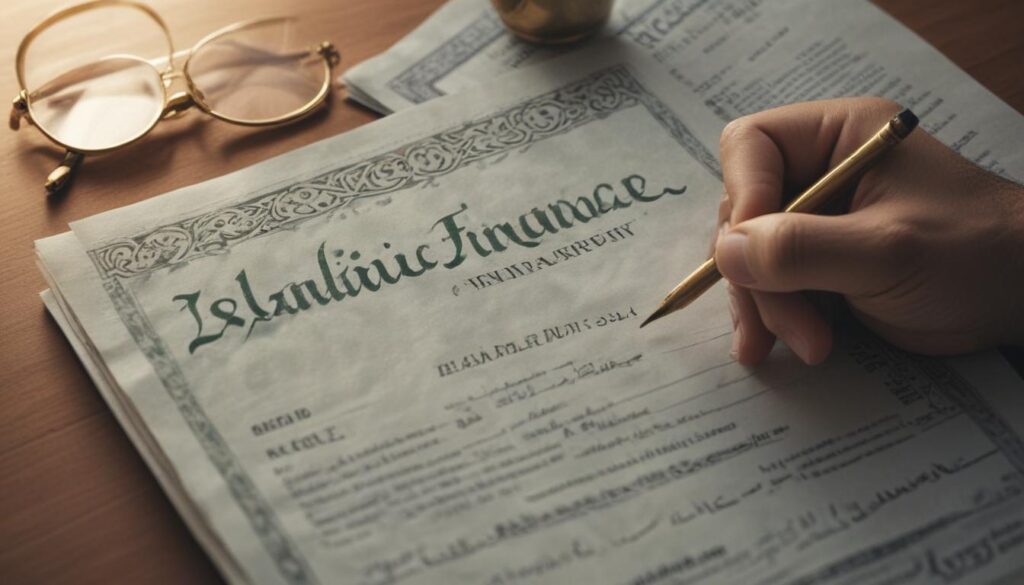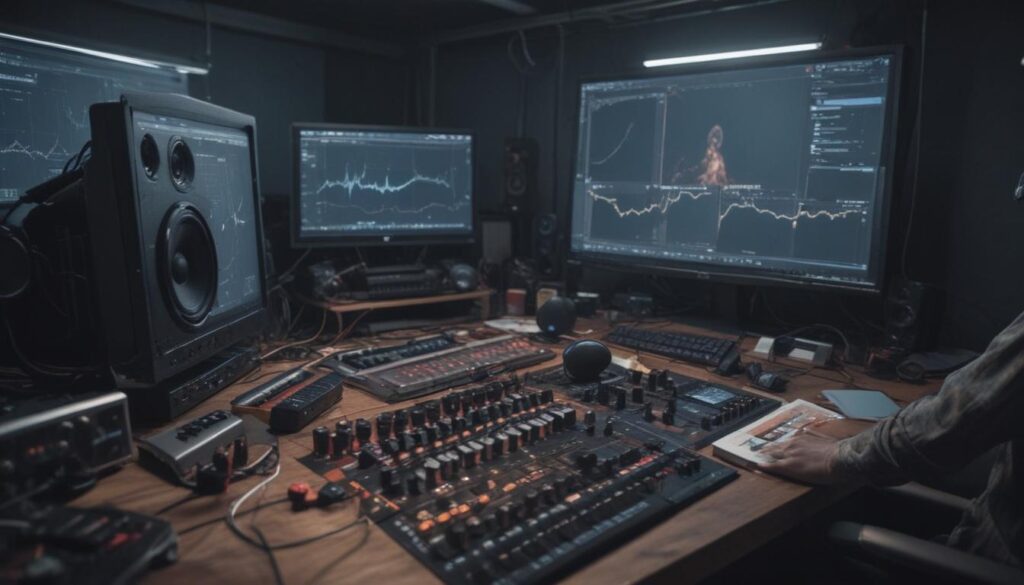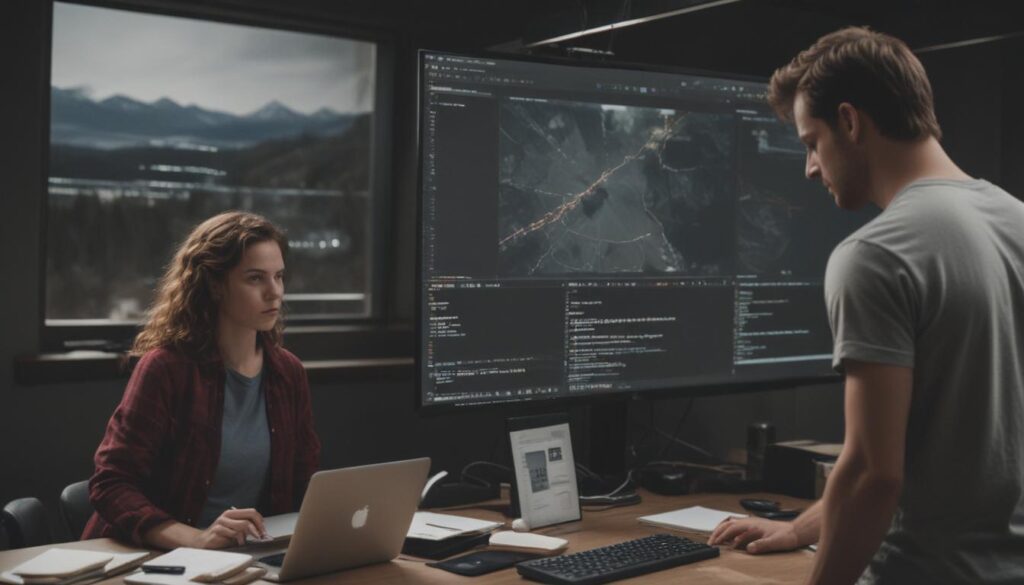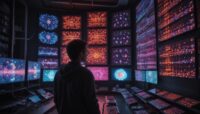Now Reading: Facial Recognition Uses and Dangers
- 01
Facial Recognition Uses and Dangers
Facial Recognition Uses and Dangers
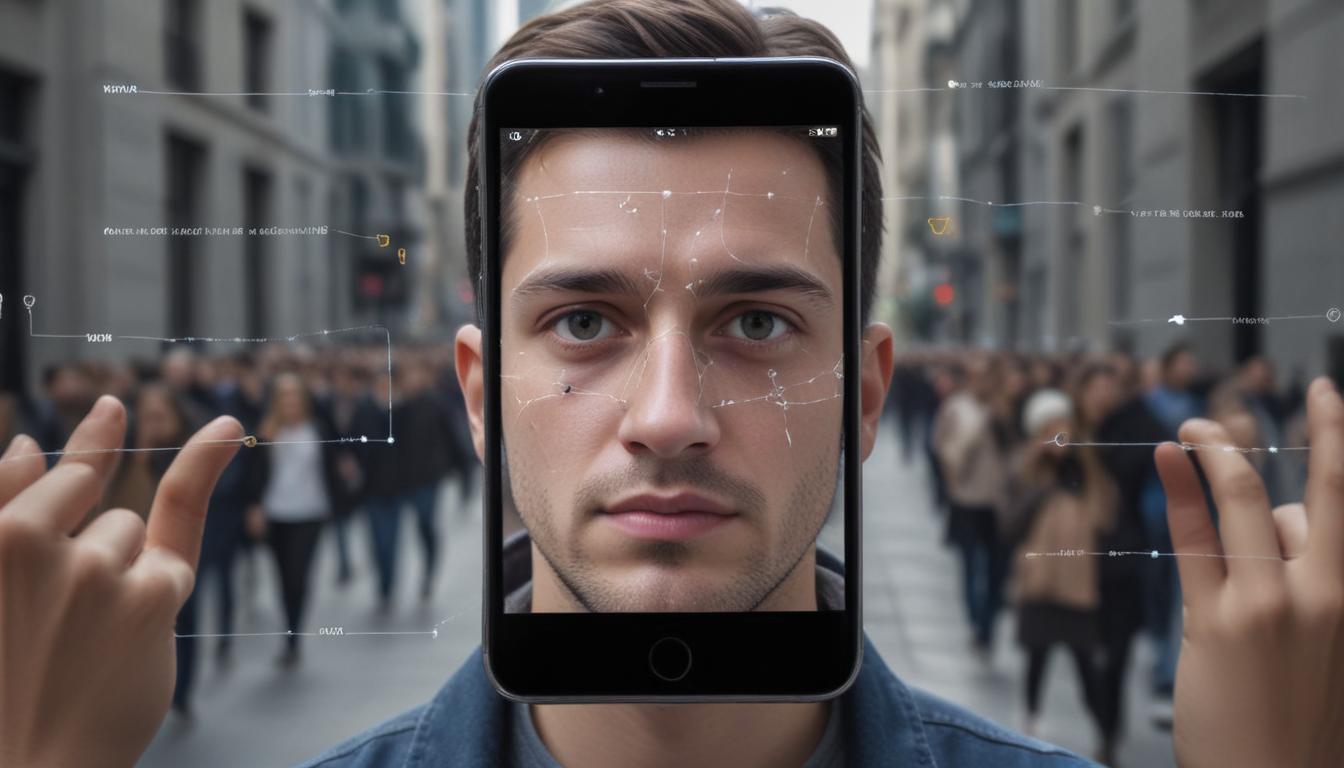
Facial Recognition Technology Uses and Concerns
Have you ever unlocked your phone just by looking at it, or been automatically tagged in a friend’s photo on social media? You’ve used facial recognition. This powerful technology is rapidly becoming a part of our daily lives, promising convenience and security. But with every news story about its use in policing or surveillance, a sense of unease can creep in. You’re left wondering what this technology really is, how it’s being used, and whether the benefits are worth the privacy risks.
Feeling confused or concerned is completely understandable. The world of facial recognition is complex, and it’s hard to separate the facts from the hype. This guide is here to clear the fog. We will break down what facial recognition is, explore its most common uses, and confront the significant concerns surrounding its growth. By the end, you’ll have a clear understanding of this game-changing technology and be better equipped to form your own informed opinion.
What Exactly Is Facial Recognition Technology
At its core, facial recognition is a type of biometric technology that identifies or verifies a person from a digital image or video. Think of it as a unique digital map of your face. Your facial features—the distance between your eyes, the shape of your nose, the curve of your jaw—are converted into a mathematical formula called a faceprint.
The process generally involves a few simple steps:
1. Detection The camera detects and locates a human face in an image or video.
2. Analysis The software captures the geometry of the face and creates its unique faceprint.
3. Matching This newly created faceprint is compared against a database of known faces to find a match.
This entire process can happen in a fraction of a second, making it an incredibly efficient tool for identification.
The Everyday Uses of Facial Recognition
While the idea of facial recognition can seem futuristic or even dystopian, you are likely already using it in several ways. These applications often focus on making life easier and more secure.
Personal Convenience and Access
This is the most common way people interact with the technology. Unlocking your smartphone or laptop with your face is a prime example. It’s faster and often more convenient than typing a password. Similarly, social media and photo apps use facial recognition to suggest tags and organize your photo albums by automatically grouping pictures of the same person.
Enhancing Security
Beyond your personal devices, facial recognition is being deployed to secure physical and digital spaces. Some banks now allow you to authorize payments or log into your account with a facial scan. Airports are also adopting the technology for “biometric boarding,” allowing passengers to board a plane without ever showing a boarding pass or ID.
Public Safety and Law Enforcement
This is one of the most powerful and controversial applications. Law enforcement agencies use facial recognition to compare images of suspects from CCTV footage against mugshot databases. It has been successfully used to identify criminals, find missing children, and help vulnerable adults who are lost and unable to identify themselves.
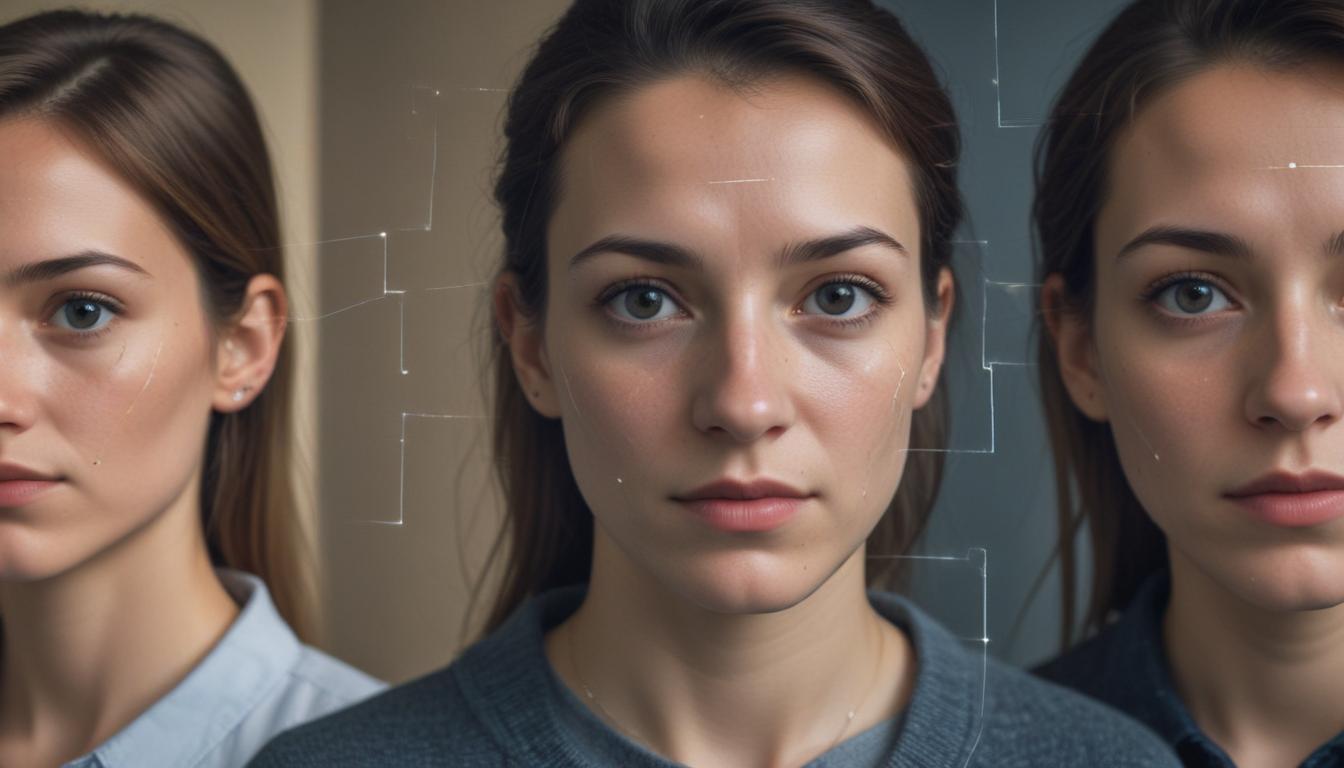
The Growing Concerns Around Facial Recognition
For all its benefits, the rise of facial recognition technology brings with it a host of serious ethical and practical concerns that cannot be ignored.
The Threat to Personal Privacy
The single biggest concern is the erosion of personal privacy. In a world with cameras everywhere—on streets, in stores, and in our hands—the ability to track individuals’ movements and activities without their knowledge or consent becomes a frightening reality. This creates the potential for a permanent, searchable record of where you go and who you associate with, fundamentally changing the concept of anonymity in public spaces.
The Problem of Inaccuracy and Bias
Facial recognition algorithms are not perfect. Numerous studies have shown that they are significantly less accurate when identifying women, people of color, and elderly individuals. This built-in bias can have devastating real-world consequences, leading to false accusations, wrongful arrests, and the reinforcement of existing societal prejudices. A case of mistaken identity is no longer a simple mistake; it could be an algorithmic error that ruins a life.
The Potential for Misuse and Overreach
Powerful tools can be used for nefarious purposes. There is a real fear that governments could use this technology to monitor and suppress dissent, track political protestors, or implement social credit systems that punish citizens for certain behaviors. Furthermore, the databases of faceprints held by companies and governments are valuable targets for hackers. A data breach could expose the most personal biometric information of millions of people.
Navigating the Future of This Technology
Facial recognition is a double-edged sword. It offers remarkable solutions for convenience and safety but poses an unprecedented threat to privacy and civil liberties. The path forward requires a careful balance.
Meaningful public debate and strong government regulation are essential. We need clear laws that define when and how facial recognition can be used, demand transparency from the organizations that deploy it, and provide strong protections against bias and misuse. As an individual, staying informed about these issues, supporting organizations that advocate for digital privacy, and being mindful of the permissions you grant on your own devices are crucial first steps.
The conversation about facial recognition is really a conversation about the kind of society we want to build. By understanding both its promise and its peril, we can work toward a future where technology serves humanity without compromising our fundamental rights.
